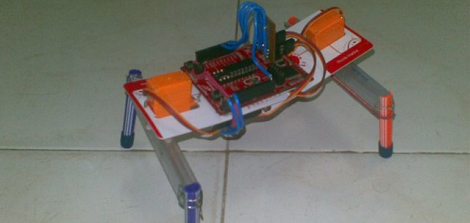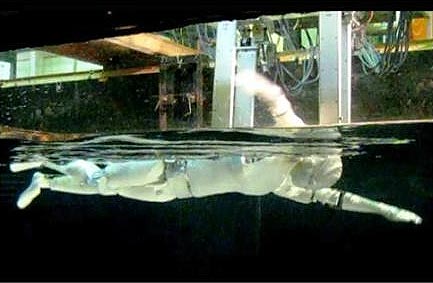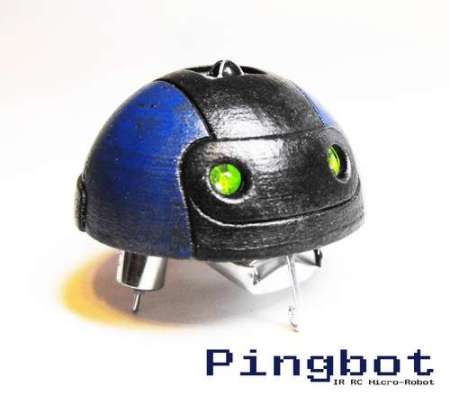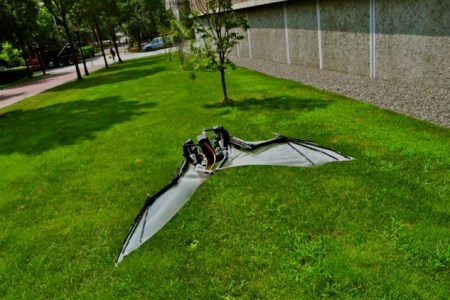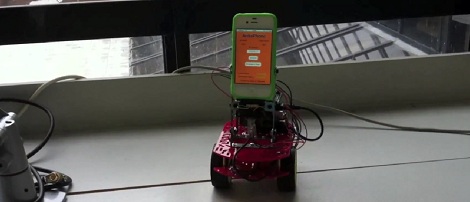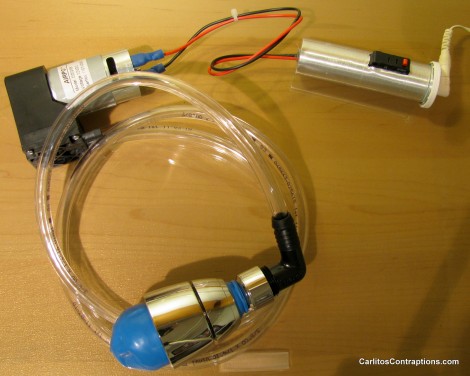
This is the simplest version of a jamming gripper that we’ve seen yet. The only component that might not be readily available is the pump in the upper left, but the rest is all hardware or grocery store stuff. It’s based on the concept we saw from a research video where the air in a bladder full of coffee grounds is removed to grip an item. In this case the bladder is a party balloon which is held in place by parts from a cheap shower head. A theaded-to-barbed right angle connector makes it easy to connect the vinyl tubing up to the pump.
The video after the break shows that this works quite well for small items. But we see a lot of downward force is exerted to firmly embed them in the grounds. We’re not sure if this is par for the course, or if it would work a bit better if more air were in the bladder initially. This other jamming gripper build uses a servo to release pressure from the system, and we think that might be of help here too.
Continue reading “Jamming Gripper That’s Super Easy To Build”

